Learn how to make jiaozi (Chinese dumplings) at home. Once you try them, you’ll never want to buy the frozen ones from the store again. This post includes step by step photos to show you how to make and fold your own jiaozi. You can make a lot at once, freeze them, and then cook them whenever the craving hits.
Even though jiaozi are eaten year-round, it is almost always eaten to celebrate Chinese New Year and it is a popular tradition to have a dumpling wrapping party before Chinese New Year.
What are Jiaozi?
There are a lot of types of Chinese dumplings but the most classic one is jiaozi. Jiaozi are typically made with a meat or vegetable filling, wrapped inside a thin piece of dough, with the edges sealed. They are then either steamed, boiled, or pan-fried (potstickers).
Today I’m sharing with you the family recipe that I learned from my mom. I’ve been helping her make dumplings since I was a kid. I hope you enjoy these dumplings as much as my family does.
Jiaozi Ingredients
- Ground pork
- Water
- Napa cabbage
- Soy sauce
- Oyster Sauce
- Garlic
- Ginger
- Sesame oil
- Ground white pepper
- Egg
- Premade round dumpling wrappers
How to Make the Dumpling Filling
To make the filling, first you combine the ground meat with the water. This step is not something I see in a lot of recipes but adding water is key and does two things:
- The water keeps the filling very moist so it doesn’t turn dry when you cook it.
- Adding water also increases the volume of the filling so you have more to work with.
It may take some time for the pork to fully absorb the water so just keep stirring until the two come together.
Once the pork and water are combined, add the cabbage, soy sauce, oyster sauce, garlic, ginger, sesame oil, white pepper and egg. Stir until everything is well mixed.
How to Fold Dumplings
It helps to have your dumpling ingredients set up to make things easier. So, have a stack of wrappers with a small bowl of water next to each other. Place the bowl of dumpling filling within arm’s reach.
- Take a dumpling wrapper and place 3/4 tablespoon of filling into the center of the wrapper (Photo 1).
- Then, dip one of your fingers into the bowl of water and run it along the outer edge of the wrapper so that you moisten the entire outer edge (Photo 2).
- The water acts as a glue, so when you pinch the edges of the wrapper together, they will stick together. So it is important that the entire outer edge of the circle is moistened.
- Fold the wrapper closed into a half-moon shape (Photo 3).
- Pinch around the edges to make sure your dumpling is completely sealed. If you are new to this and don’t want to make anything fancy, you can stop here (Photo 4).
Pleated Fold
However, if you want your dumplings to have a fancier fold, here are the steps to make a pleated fold, which is one of the most common presentations you’ll see for jiaozi. For this pleated fold, only the front of the wrapper becomes pleated. The backside stays the same.
- After you add the filling and moisten the edges, fold in half and hold the dumpling upright. Do not seal all the edges. Press and only seal the center seams (Photo 1).
- Move about 1/2 inch left of the center seam. Use your finger to move the front of the wrapper into a small fold towards the center of the wrapper (Photo 2). Once you have the fold, pinch and press both sides of the wrapper so you complete your pleat and seal that section of the dumpling (Photo 3).
- Move your hand about half an inch down and make another small fold towards the center of the wrapper (Photo 4).
- Press to seal (Photo 5). Move once more towards the end of the wrapper and make one more fold towards the center (Photo 6). Seal. You should have three pleats on the left side of your dumpling. And the left side of your dumpling should be sealed.
- Repeat on the right side of the wrapper. This side can be a little trickier because the filling may start to push out. I sometimes will tilt my dumpling slightly so the filling slides to the bottom and away from the unsealed side.
- When you are finished, you should have 6 pleats. Quickly pinch around the edges of the dumpling again to make sure it is completely sealed. If any section is unsealed, your dumpling filling will leak out when it is time to cook it.
Dumpling folding takes practice, so don’t worry if yours aren’t perfect – they will still taste delicious!
Once you get some practice you should try making my rose dumplings which use a different folding technique.
How to Freeze Homemade Chinese Dumplings
Once the dumplings are folded, any dumplings you do not plan on consuming right away should be immediately frozen and stored for later use.
- Place the folded dumplings in a single layer on a baking sheet lined with parchment paper. Space them so they are not touching. Freeze the dumplings on the baking sheet for 30 minutes to one hour or until they are frozen solid. Once frozen, you can transfer them to freezer-safe containers or freezer bags to store in the freezer. Homemade dumplings, properly stored, will keep well in the freezer for up to 3 months.
- The nice thing about frozen dumplings is that you can cook them right from the freezer. You don’t have to thaw them first.
How to Cook Chinese Dumplings
Once you’ve made your dumplings, it’s time to cook and eat them! Jiaozi can be cooked in several different ways: steamed, boiled, or pan-fried.
Steamed Dumplings (zheng jiao)
- Traditionally, the dumplings are steamed in a bamboo steamer but any steamer or steamer insert will work.
- Place dumplings into a steamer, spacing them about 1 inch apart. Make sure your steamer is lined with parchment paper to prevent sticking.
- Close steamer and steam dumplings on high heat for about 10 minutes or until dumpling skins are translucent and dumpling filling is cooked through.
Boiled Dumplings (shui jiao)
This is the method I most commonly use since it is fast and easy.
- Bring a pot of water to a boil.
- Once the water is boiling, gently drop in the dumplings. Use a slotted spoon to lift any dumplings that might have sunk to the bottom as this will cause them to stick to the pot.
- Let dumplings cook for a few minutes until done. When dumplings float to the surface, they should be ready. You can also test one dumpling by cutting it open to make sure the filling is cooked through.
Pan-Fried Dumplings (guo tie or potstickers)
- Add oil to a large skillet. When oil is hot, add in the dumplings so that the bottom of the dumplings are touching the skillet and the dumplings folds are facing up.
- Cook the dumplings for about 1-2 minutes so that the bottom of the dumplings are lightly brown and most of the oil has been absorbed.
- Add about ½ inch of water to your skillet. Cover dumplings and let them cook. The water will steam and cook the surface of the dumplings.
- When the water is mostly evaporated, remove the lid. The dumplings should be cooked through. Continuing cooking the dumplings until all of the liquid evaporates so that they finish crisping up.
You can learn more about this method in my potstickers post.
How to Serve Chinese Dumplings
I like to serve my dumplings with dumpling sauce which you can buy premade or you can make your own. I make mine with soy sauce, rice vinegar, garlic, sesame oil, and hot chili oil and I’ve included the recipe in the card below.
Homemade Chinese Dumplings FAQs
Still have questions about making homemade dumplings? Here are some commonly asked questions, but if I don’t answer yours, be sure to leave me a comment below the recipe card! If you want to learn more about Chinese cooking ingredients and see more recipes be sure to check out my post about essential Chinese ingredients.
How do you know when dumplings are finished cooking?
Depending on how much filling is in your dumplings and the cooking method you use, the time it takes to cook them will vary so if you’re worried you can always open one dumpling to check for doneness.
- Boiled dumplings are usually done cooking once they float to the surface.
- For pan fried dumplings, a lot will depend on the size and type of your pan and how many dumplings you are cooking at the same time, but they are typically done after about 10 minutes when all of the liquid has evaporated from the pan and the bottom of the dumplings are crispy. The wrapper will have also turn from white to translucent.
- With steamed dumplings, they’re usually done when the skin turns translucent or after about 10 minutes of cook time, but this will vary depending on how many you are cooking. When in doubt, you can test by opening one to see if the filling is cooked.
Why did my dumplings fall apart?
There could be a few reasons why your dumplings fell apart:
- Did you seal them completely? Did you forget to moisten the edges of the wrapper with water? The water will help create a “glue” that will seal the edges together when you pinch the dumplings closed. Without the water, the edges may not stick and can open up while you cook them.
- Did you leave the dumplings sitting out for too long before you cooked them? Once you’ve wrapped them you want to cook them as soon as possible otherwise they will turn soft and fall apart when you cook them. Any dumplings you don’t plan to eat right away should be frozen as soon as possible.
- Overcooking your jiaozi can cause them to fall apart, too, so only cook them long enough to cook the wrapper and filling. Any longer and the wrapper will absorb too much moisture and will fall apart.
- Dumplings can also fall apart if you leave them sitting out too long after you’ve cooked them so only cook as many as you plan to eat right away. Any leftover uncooked dumplings should be frozen.
What other dumpling fillings can I use?
The most common filling is pork and cabbage but there are many other variations. Some other popular fillings:
- Pork and garlic chives
- Pork, shrimp, and cabbage/garlic chives
- Chicken and cabbage
- Chicken and mushroom
- Mushroom and cabbage
What’s the difference between jiaozi and gyoza?
Although they are similar, jiaozi and gyoza are two different kinds of dumplings. Jiaozi is a Chinese dumpling that’s been around for a thousand years while gyoza is a Japanese dumpling that came into existence after WWII. Gyoza was actually inspired by jiaozi after the Japanese occupied parts of China during the war. After, they created their own Japanese style of dumpling using a similar technique but with a thinner wrapper and different style of filling.
What’s the difference between jiaozi and wontons?
Jiaozi have a thicker wrapper and are eaten with a dipping sauce. They are usually folded into a crescent shape. Wontons have a thinner wrapper, less filling, and are usually served in broth.
If you’re interested in making wontons, I have recipes for Wonton Soup and Sichuan Spicy Wontons.
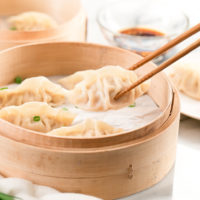
Jiaozi (Chinese Dumplings)
Ingredients
- 1 lb ground pork
- ½ cup water
- 1 cup thinly sliced napa cabbage
- 2 tbsp low sodium soy sauce
- 1 tbsp oyster sauce
- 1 garlic clove minced
- ½ tbsp minced ginger
- ¼ tsp ground white pepper
- 2 tbsp sesame oil
- 1 large egg
- 1-2 packages premade round dumpling wrappers (50-60 wrappers total)
Dumpling Sauce
- 1 ½ tbsp low sodium soy sauce
- 1 tsp rice vinegar
- ¼ tsp sugar
- 1 garlic clove minced
- ½ tsp sesame oil
- ¼ tsp chili oil
Instructions
- Combine the ground pork with the water in a large bowl. Stir until the pork fully absorbs the water.
- Then, add the cabbage, soy sauce, oyster sauce, garlic, ginger, white pepper, sesame oil, and egg. Stir until everything is well mixed.
- Set up your dumpling folding area. Open a packet of premade dumpling wrappers and put a stack near you. Place a small bowl filled with water next to it. Place your bowl of filling within arm's reach.
- For step by step directions and photos of how to fold dumplings, please refer back to the post. Take a dumpling wrapper and place 3/4 tablespoon of filling into the center of the wrapper Then, dip one of your fingers into the bowl of water and then run it along the outer edge of the wrapper so that you moisten the entire outer edge. The water acts as a glue, so it is important that the entire outer edge of the circle is moistened.
- Fold the wrapper closed into a half-moon shape Stand the dumpling up and pinch around the edges to seal your dumpling. You can stop here if you don't have time or don't want to do any fancy folding. If you wish to make a pleated fold, please refer to the post for detailed photos and instructions.
- When you are done folding the dumplings, line them up on a parchment-lined baking sheet, spacing them in a single layer and being careful to not let any of the dumplings touch. Freeze dumplings for about 30-60 minutes or until frozen solid. Once frozen, transfer to freezer bags to store for up to 3 months.
Cooking Dumplings (from frozen)
- Steamed Dumplings: Line your steamer with parchment paper. Place dumplings into a steamer, spacing them about 1 inch apart. Close steamer and steam dumplings on high heat for about 10 minutes or until dumpling skins are translucent and dumpling filling is cooked through.
- Boiled Dumplings: Bring a large pot of water to a boil. Once the water is boiling, gently drop in the dumplings. Lift any dumplings that might have sunk to the bottom as this will cause them to stick to the pot. Let dumplings cook for a few minutes until done. When dumplings float to the surface, they should be ready. You can also test one dumpling by cutting it open to make sure the filling is cooked through.
- Pan-Fried Dumplings: Add 2 tbsp cooking oil to a large skillet and bring to medium high heat. When oil is hot, add in the dumplings, so that the bottom of the dumplings are touching the skillet and the dumplings folds are facing up. Cook the dumplings for about 1-2 minutes so that the bottom of the dumplings are lightly brown and most of the oil has been absorbed. Add about ½ inch of water to your skillet. Cover dumplings and let them cook. The water will steam and cook the surface of the dumplings. When the water is mostly evaporated, remove the lid. The dumplings should be cooked through. Continuing cooking the dumplings until all of the liquid evaporates so that they finish crisping up.
- Serve cooked dumplings while hot with dumpling dipping sauce.
Dumpling Sauce
- Add all ingredients into a small bowl and mix together. Taste and adjust as needed.
Notes
- Please refer to the post for detailed photos of how to fold and pleat dumplings.
- Any dumplings you do not plan on cooking right away should be frozen. Dumplings can be cooked directly from frozen state, no need to defrost first.
- Nutrition estimate is for one dumpling and does not include dipping sauce.
Nutrition
The nutrition information provided are only estimates based on an online nutritional calculator. I am not a certified nutritionist. Please consult a professional nutritionist or doctor for accurate information and any dietary restrictions and concerns you may have.

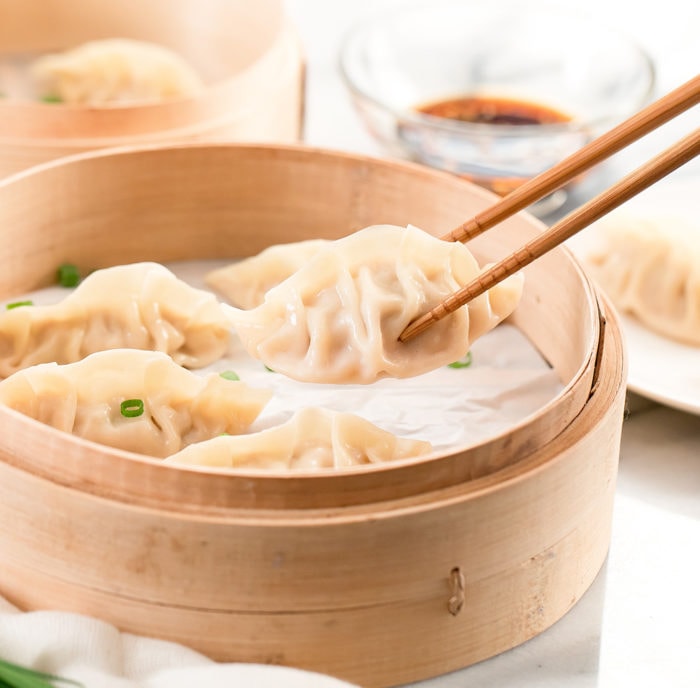
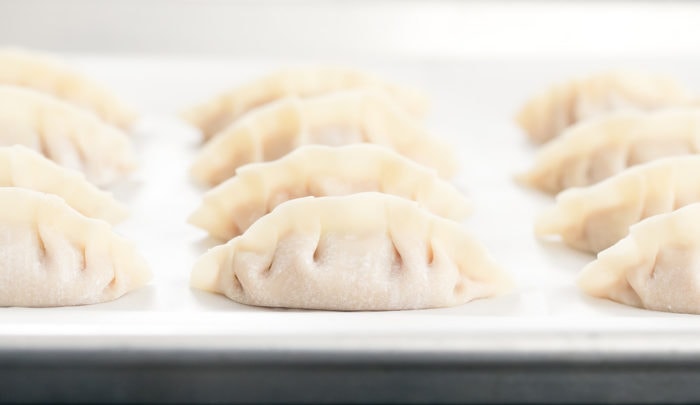
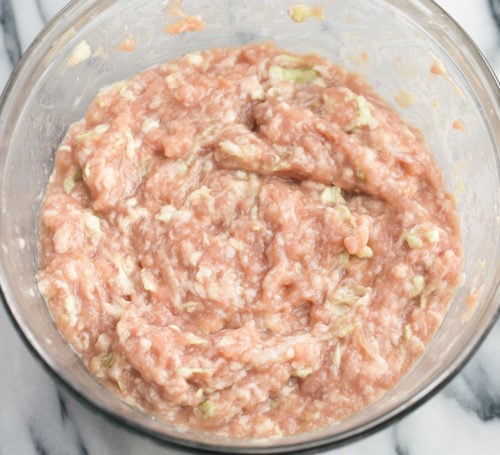

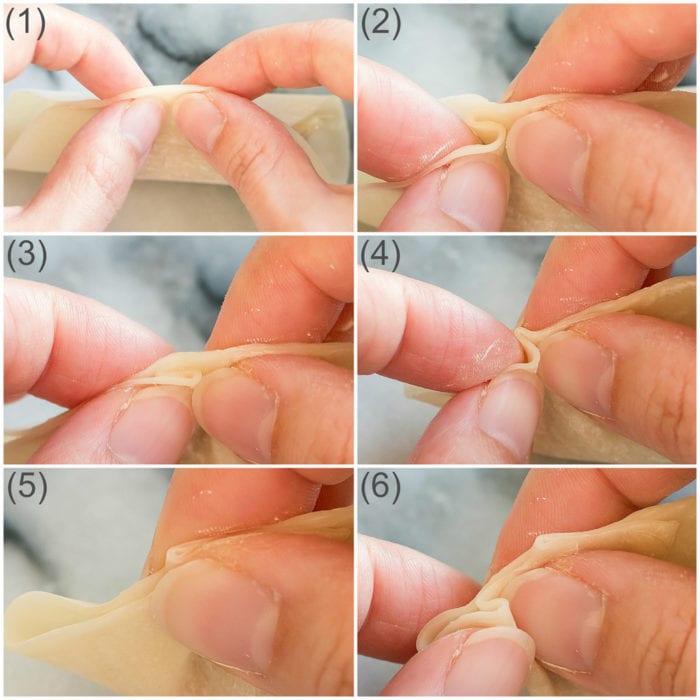
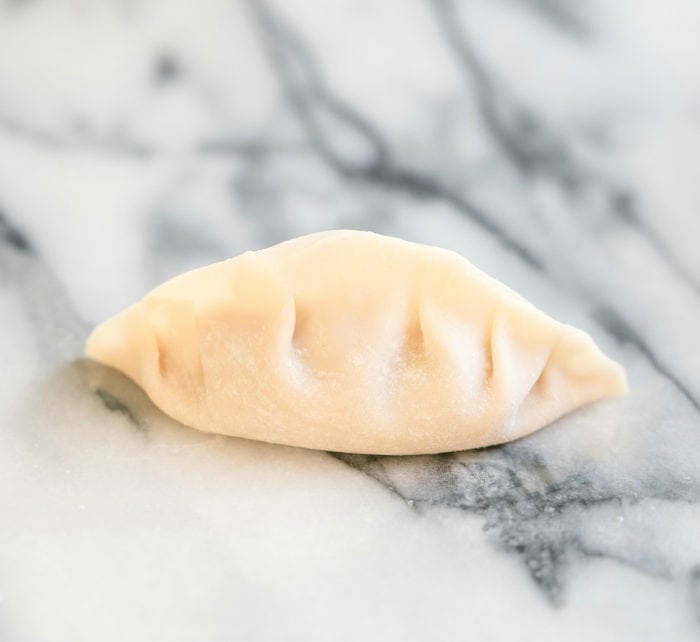
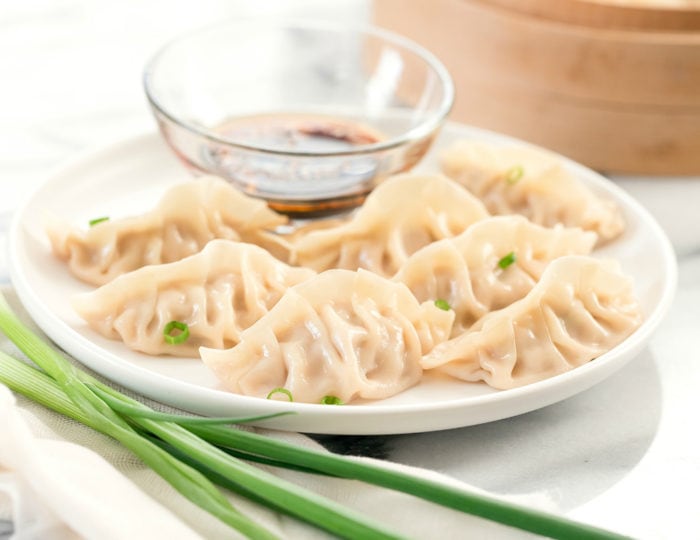
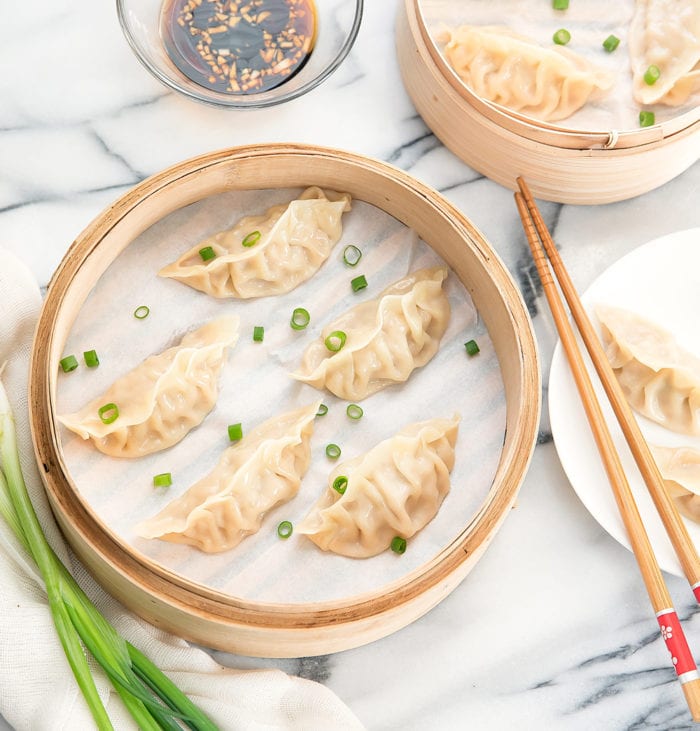

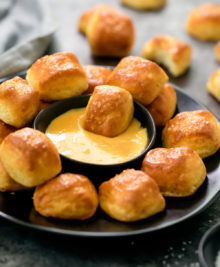
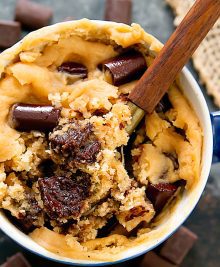
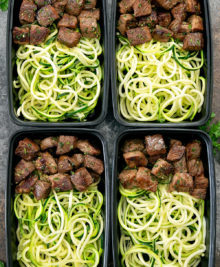
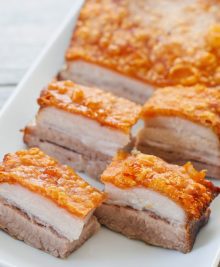
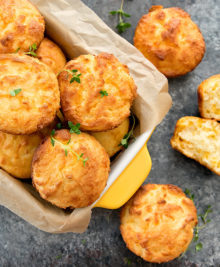

Great recipe and instructions. I grind my own pork and never thought about water to keep it from drying out in a recipe.
I like the lesson on types of dumplings and ways to cook them
We’re glad you like the recipe!
Delicious, basically exact recipe I’ve been making for family and friends for many years. I do add shrimp to mine, and occasionally make scallop and shrimp dumplings as well. My daughter tries to get all the S&S ones!
We’re so glad you enjoyed it!
Going to try this recipe ??
We hope you enjoy it!
Will have to make this!
Let us know what you think!
Such a fun activity, and they tasted great!
So glad you enjoyed it!
These turned out great! Just like the ones I made with my mom when I was little. Really appreciate the photos for folding
So glad you enjoyed them!
Can you use these in soup?
Yes, you can use them like you would wontons.
Thank you so much for this easy to follow explanation on how to make these dumplings. I’ve always loved them but been too intimidated to give them a try. i will now.
We hope you love them!
I’m excited to try this recipe! What dumpling wrappers should I buy?
any brand should work. Just make sure you are buying dumpling wrappers and not wonton wrappers.
Thank you for posting this! I had always wondered what was the difference between jiaozi and potstickers. I, too, make and freeze dumplings at home. I also add green onion and cilantro to my filling.
I like adding green onions too when I have them on hand! Some of my family members really dislike cilantro though so I don’t add any.